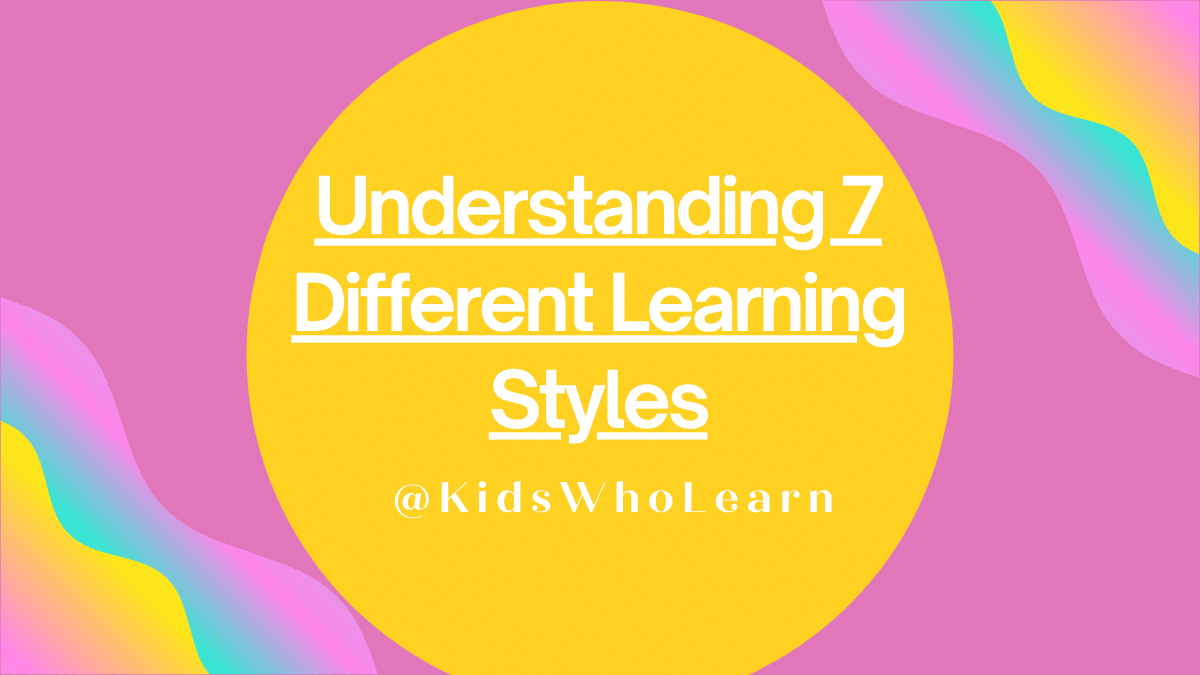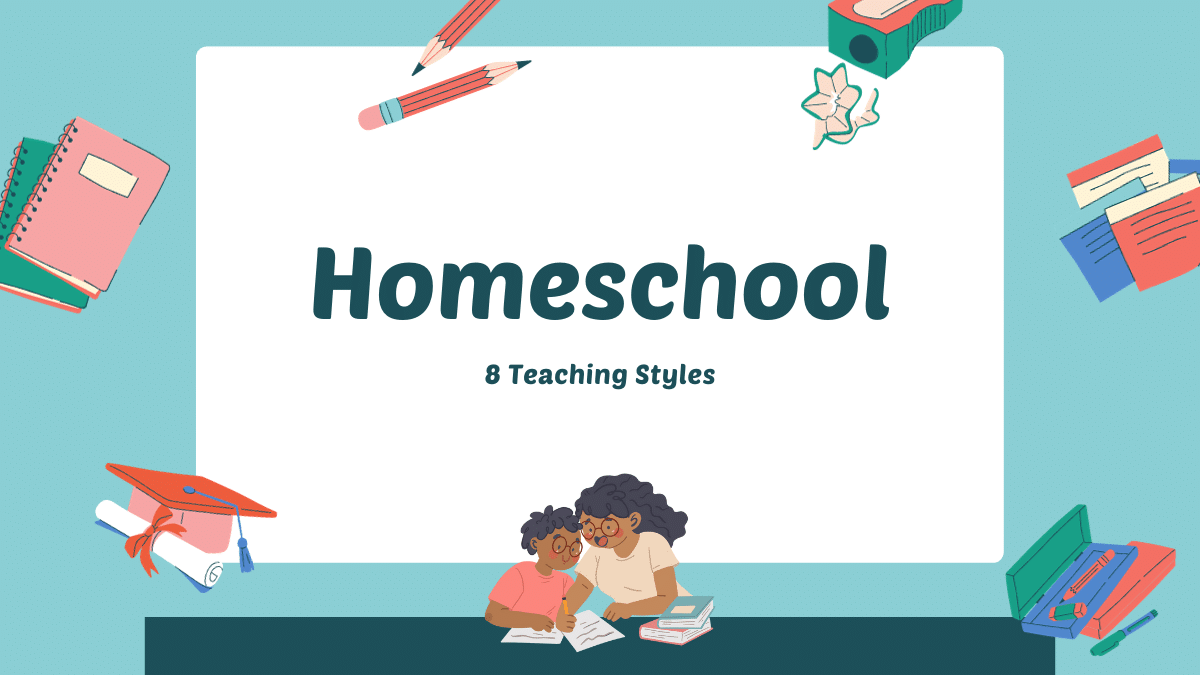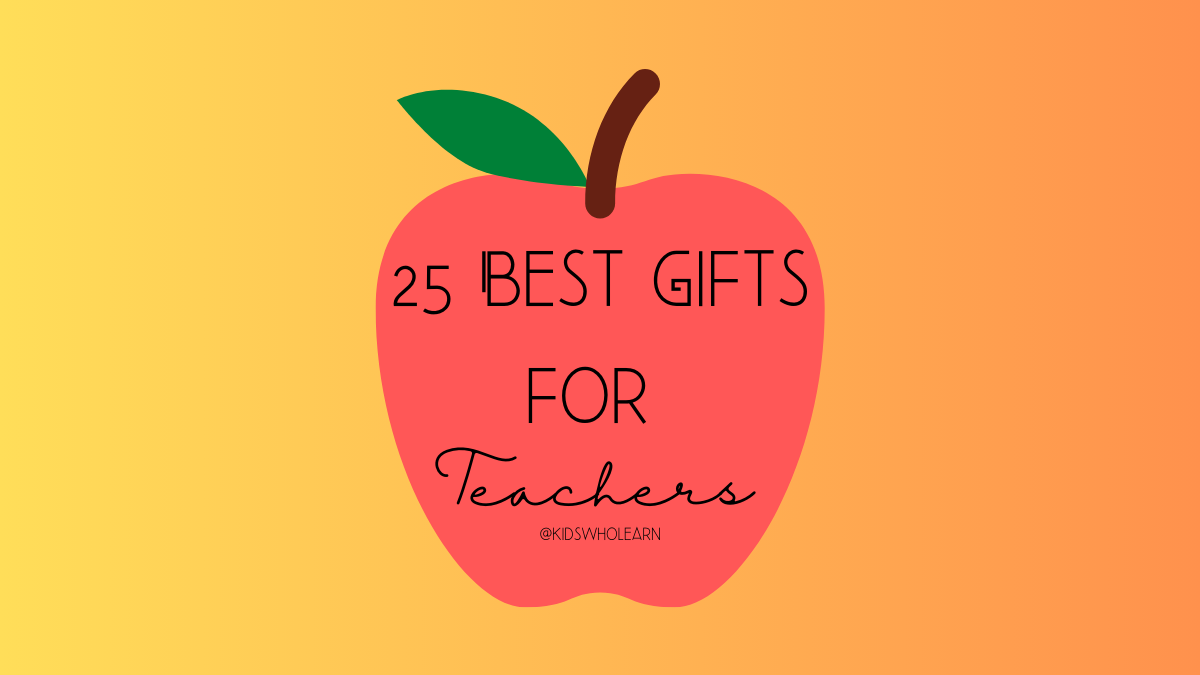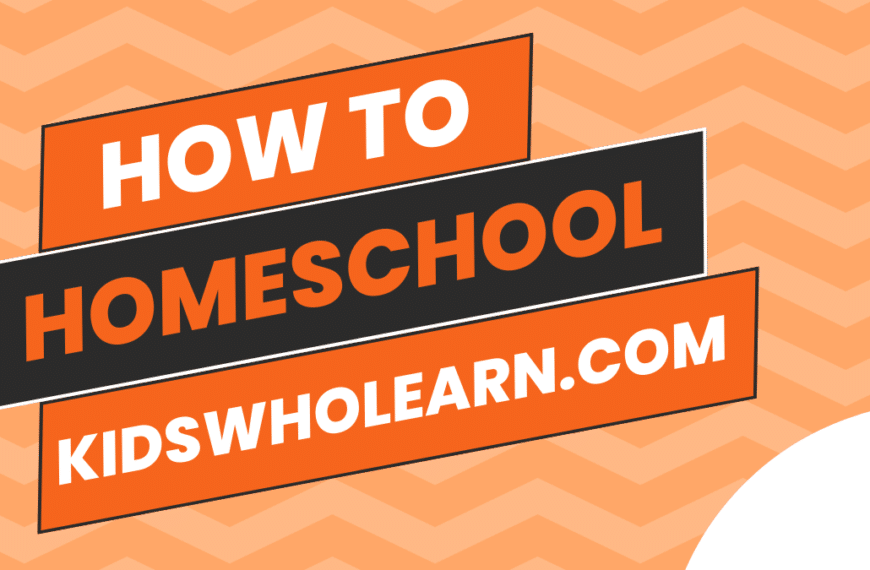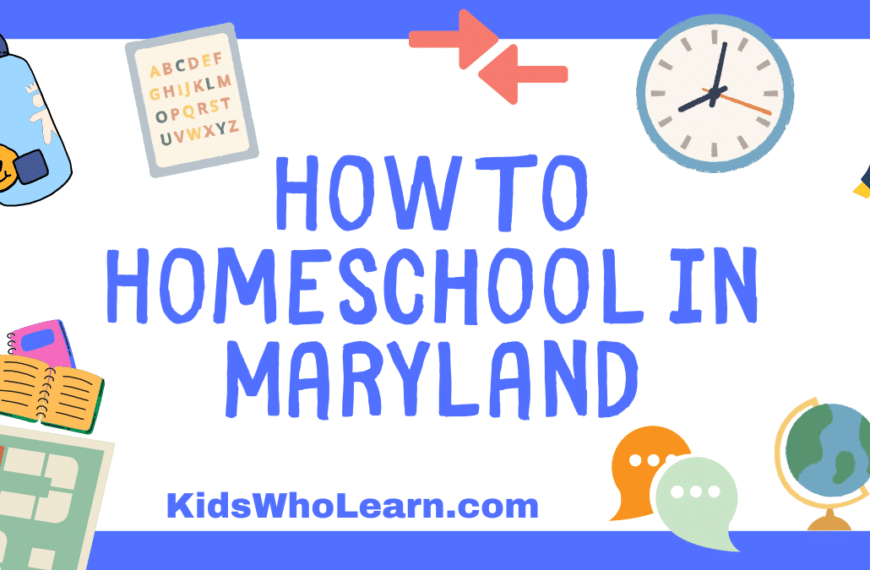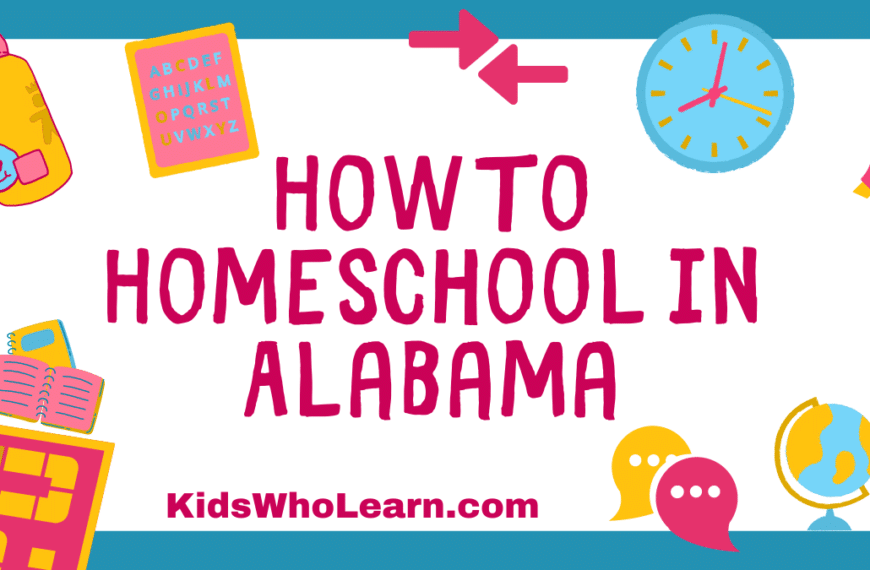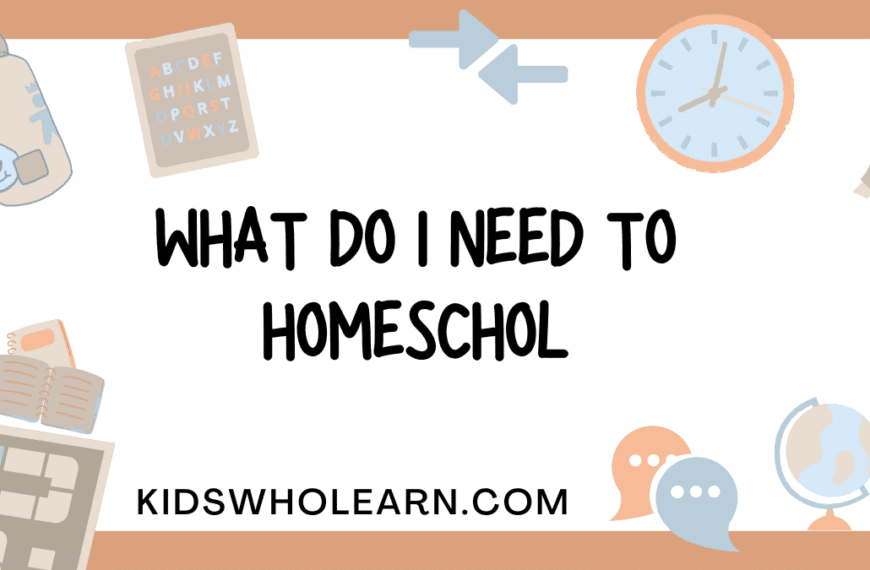Have your students or children ever struggled to understand a concept even after reading about it multiple times? Or have you noticed that your struggling students find learning easier by watching a video or listening to a lecture? Your student’s preferred learning style could be the reason behind these experiences.
Individualized learning styles refer to the different ways students learn and process information. From visual learners who prefer to see information to kinesthetic learners who learn best by doing, there are various styles that people may like. In this article, we will explore the concept of individual learning styles, including the different styles and how understanding your student’s specific learning style can enhance your student’s learning experience.
What Are Learning Styles?
Learning styles refer to the different ways students learn and process information. This concept suggests that students have unique cognitive strengths and preferences for receiving and retaining new information. Understanding one’s learning style can help students tailor their learning methods and experiences to maximize their learning potential.
There are various models of learning styles, including visual, auditory, kinesthetic, and reading/writing, each representing a unique way of processing and retaining information. For example, visual learners learn through visuals such as diagrams and graphs. In contrast, auditory learners learn best through listening to lectures and discussions.
Many educators and students find value in identifying and leveraging their preferred learning styles to enhance their learning experiences. Students may not fit neatly into one learning style category, and a combination of strategies may work best for optimal learning.
What Is the History Behind Learning Styles?
Learning style theory has been around for over a century. Still, it was in the 1970s that it gained widespread attention in education.
Carl Jung, a Swiss psychologist, first proposed the idea of individual differences in how students learn. Jung identified four basic personality types: thinking, feeling, sensing, and intuition.
Later, in the 1950s, David Kolb expanded on this idea, proposing that students have different learning styles based on their preferences for concrete experiences or abstract conceptualization and active experimentation or reflective observation.
In the 1970s, a group of educators led by Rita and Kenneth Dunn developed a learning style theory that classified learners based on three main categories: visual, auditory, and kinesthetic. This model gained popularity in education and was widely used in classrooms across the United States.
Why Should People Learn About the Different Types of Learning Styles?
Learning about the different types of learning styles can be beneficial for several reasons:
- Enhanced learning process
Understanding students’ specific learning styles can help you tailor your students’ learning process to suit different students’ needs better. Using learning methods that work best for your student’s unique learning style can increase your understanding and retention of new information.
- Improved communication
Recognizing that students have different learning styles can enhance communication between individuals, particularly in a learning or school environment. If you understand your student’s learning styles, you can adjust your communication style to convey information better.
- More effective teaching
Teachers who understand the different learning styles can adjust their education when teaching students to accommodate their students’ needs better. By using various teaching methods, educators can improve student learning and ensure that all students are engaged and can learn effectively.
- Increased self-awareness
Learning about the different types of learners can increase self-awareness and help individuals better understand their strengths and weaknesses. Self-awareness can lead to improved learning in students and overall personal growth.
- Better problem-solving skills:
By recognizing different learning styles, individuals can approach problem-solving from multiple perspectives, leading to more effective and creative solutions.
Understanding the different types of learners can lead to more effective learning, improved communication, better teaching, increased self-awareness, and better problem-solving skills.
What Are the Different Learning Styles?
There are several models of learning styles, but the four types of learners most commonly cited are the following:
- Visual learners
Visual learners learn by seeing. They often benefit from diagrams, charts, videos, and other visuals.
- Auditory learners
Auditory learners learn by hearing. They often benefit from lectures, discussions, and audio recordings.
- Kinesthetic learners
Kinesthetic learners learn by doing. They often benefit from hands-on activities, experiments, and role-playing.
- Reading/writing learners
Reading/writing learners learn by reading and writing. They often benefit from textbooks, notes, and written assignments.
Not everyone fits neatly into one learning style category, and some people may have a combination of styles that work best for them. It’s also essential for educators to use various teaching methods to accommodate different types of learners and ensure all students can learn effectively.
What Are Visual Learners?
Visual learners learn by seeing information presented in various graphical formats such as diagrams, charts, videos, and pictures. They rely on visual aids to better understand and retain information.
A visual learner has a strong ability to recognize and remember visual details and patterns. They often have a good sense of spatial relationships and can quickly understand complex information when presented visually.
Visual learners are more comfortable with written instructions, maps, and diagrams than spoken instructions. They also tend to have strong spatial intelligence and the ability to visualize objects in 3D space and understand their relationships.
What Are Effective Visual Learning Strategies for Visual Learners?
Effective visual learning strategies for the visual learning style include:
- Using diagrams and charts
Visual learners benefit from seeing information presented in a visual format, such as diagrams and charts. Teachers can use these tools to explain complex concepts and help visual learners understand relationships between different concepts.
- Creating mind maps and graphic organizers
Mind maps and graphic organizers can help visual learners organize their thoughts and ideas. These tools allow learners to connect different pieces of information, making it easier to remember and understand.
- Watching videos
Videos can be an effective learning tool for visual learners, as they can see the information in a visual format. Educational videos, such as TED Talks, Khan Academy, and other online learning platforms, can be excellent resources for visual learners.
- Using flashcards
Flashcards are helpful for visual learners to memorize and recall information. They can create flashcards using pictures and diagrams to help them remember information.
- Drawing and sketching
Visual learners can benefit from drawing and sketching concepts to help them understand and remember information. Drawing and sketching can be especially useful for learners who have difficulty with written instructions.
- Using color
Color can be a helpful tool for visual learners to remember information. Highlighting important information, using different colored pens, and creating color-coded notes are all effective strategies for visual learners.
What Are Auditory Learners?
Auditory learners prefer to learn by hearing information presented in various forms, such as lectures, discussions, and audio recordings. They have a solid ability to remember and process verbal information. They often rely on spoken explanations to understand new concepts.
Auditory learners often have good listening skills and can easily pick up on tone, inflection, and other nuances in spoken language. They are usually comfortable with spoken instructions and prefer to work in environments with a lot of verbal communication.
What Are Effective Learning Strategies for Auditory Learners?
Some effective learning strategies for auditory learners include:
- Recording lectures
Auditory learners can benefit from recording lectures and listening to them later to reinforce the information presented.
- Participating in group discussions
Group discussions and debates can help auditory learners process and retain information.
- Reading aloud
Auditory learners can benefit from reading information aloud, allowing them to process it visually and verbally.
- Using mnemonic devices
Mnemonic devices like acronyms or rhymes can help auditory learners remember information more easily.
- Using repetition
Repeating information out loud can help auditory learners remember and retain information.
What Are Kinesthetic Learners?
Kinesthetic learners, also known as tactile learners or physical learners, are individuals who prefer to learn through physical activities and experiences, using their bodies and hands to understand and process new information. They tend to learn best when they can engage in hands-on activities involving movement and object manipulation.
Kinesthetic learners often have good coordination and may enjoy activities such as sports, dance, or crafts. They tend to be active learners who may struggle with sitting still for long periods.
What Are Effective Learning Strategies for Kinesthetic Learners?
Some effective learning strategies for a kinesthetic learner or tactile learner include:
- Participating in interactive activities
Kinesthetic or tactile learners benefit from interactive activities that involve movement and manipulation of objects. Experiments, role-playing, and simulations can help these learners better understand concepts.
- Using physical objects to represent concepts
Kinesthetic learners may benefit from using physical objects, such as blocks or toys, to illustrate concepts and ideas.
- Engaging in physical exercise
Kinesthetic learners may benefit from physical activity, which can help them focus and retain information.
- Taking frequent breaks
Kinesthetic learners may benefit from frequent breaks during study sessions, allowing them to move around and release energy.
- Using gestures and body language
Kinesthetic learners may benefit from using gestures and body language to reinforce their understanding of concepts.
What Are Reading/Writing Learners?
Reading/writing learners prefer to learn through written or text-based materials. They learn best when information is presented in written form, such as through textbooks, handouts, or written assignments.
Reading/writing learners often have strong literacy skills and may enjoy reading, writing, and researching activities. They are reflective learners who may benefit from taking the time to analyze and process information in written form.
What Are Effective Learning Strategies for Reading/Writing Learners?
Some effective learning strategies for reading/writing learners include:
- Taking detailed notes
Reading/writing students benefit from taking detailed notes during lectures or while reading, as it allows them to process information in written form.
- Creating outlines
Reading/writing students may benefit from creating outlines to organize and summarize information.
- Writing summaries
Writing summaries of readings or lectures can help reading/writing students process and remember key concepts.
- Using flashcards
Flashcards can be an effective tool for reading/writing students to memorize key terms and concepts.
- Engaging in written assignments
Reading/writing students may benefit from writing assignments, such as essays or research papers, as they can apply their reading and writing skills.
Are There Any Other Learning Styles Besides the Four Learning Styles?
While the four learning styles mentioned previously are the most commonly cited, some researchers have proposed additional types of learning styles.
Here are a few examples:
- Interpersonal learners
Also known as social learners, these learners prefer to learn in groups and through student interaction. This learning style often benefits from discussions, group projects, and social learning.
- Logical learners
These types of learners favor learning through reasoning and problem-solving. They often benefit from puzzles, experiments, and critical thinking exercises.
- Verbal learners
These learners favor learning through written and spoken language. They often benefit from reading, writing, and verbal explanations.
It’s important to note that not all of these additional types of learning styles have been as extensively studied and supported by research as the original four styles. Additionally, as with the original four, many individuals may not fit neatly into any one category and may benefit from a combination of learning styles.
What Are Interpersonal Learners?
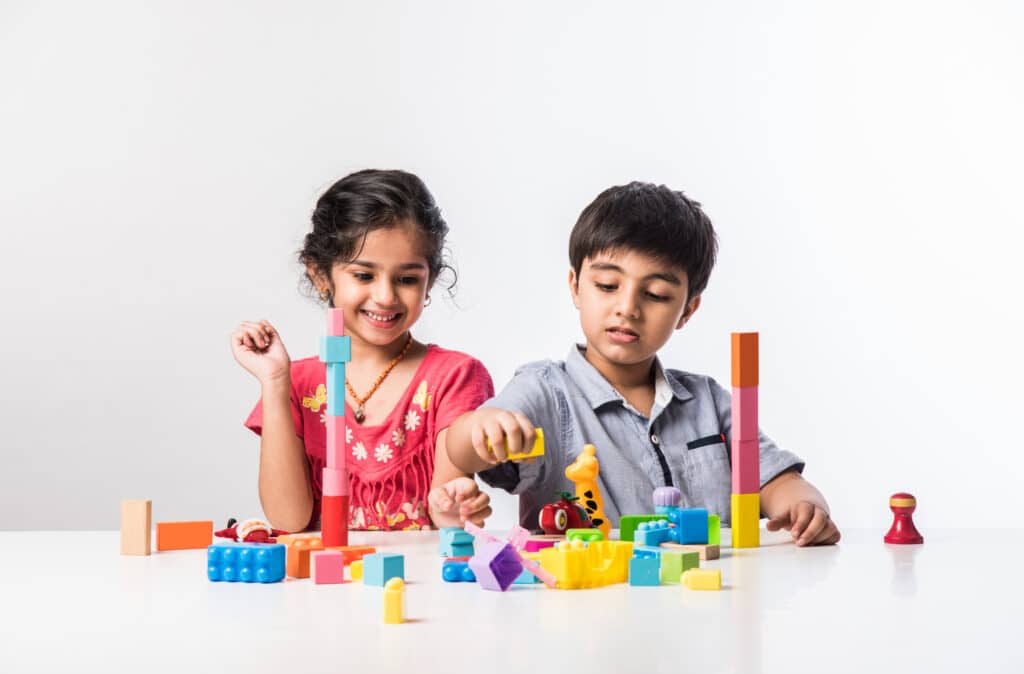
Interpersonal learners prefer to learn through social interactions and collaboration with others. They are the opposite of solitary learners or independent learners who choose to work alone and benefit from quiet study environments where they can focus without distractions.
Interpersonal learners, on the other hand, thrive in group settings and are often skilled at working with others, resolving conflicts, and building relationships. Interpersonal learners may benefit from group projects, discussions, and debates. They may also enjoy volunteering, mentoring, and participating in team sports or other group activities.
What Are Effective Learning Strategies for Interpersonal Learners?
Some effective learning strategies for interpersonal learners include:
- Participating in group work:
Interpersonal students prefer working with others on group projects, allowing them to share ideas and learn from their peers.
- Engaging in discussions and debates
Interpersonal students may benefit from participating in discussions and debates, as this allows them to learn from others and share their ideas.
- Collaborating on projects
Interpersonal students may benefit from collaborating with others on projects, as this allows them to build relationships and learn from the strengths of others.
- Volunteering or mentoring
Interpersonal students may benefit from volunteering or mentoring, as this allows them to work with others while positively impacting their community.
- Participating in team sports or group activities
Interpersonal students may benefit from participating in team sports or other group activities, as this allows them to develop teamwork skills and build relationships with others.
What Are Logical Learners?
Logical learners, also known as mathematical learners, prefer learning through reasoning and logical thinking. They tend to be skilled at analyzing complex information and making connections between different concepts.
Logical learners may benefit from solving problems, working with data and statistics, or analyzing complex systems. They may also be drawn to activities that involve patterns, sequences, and logical relationships.
What Are Effective Learning Strategies for Logical Learners?
Some effective learning strategies for logical learners include:
- Breaking information into smaller parts
Logical students benefit from breaking complex information into smaller pieces and analyzing how they relate.
- Using data and statistics:
Logical students may benefit from data and statistics to analyze information and draw conclusions.
- Engaging in problem-solving activities
Logical students may benefit from problem-solving and critical thinking activities, such as puzzles or logic games.
- Creating diagrams and charts:
Logical students may benefit from creating graphs and charts to help them visualize and understand complex information.
- Analyzing cause-and-effect relationships:
Logical students may benefit from exploring cause-and-effect relationships between concepts or ideas.
What Are Verbal Learners?
Verbal learners, or linguistic learners, prefer to learn through language, such as reading, writing, and speaking. They enjoy using words and language to understand and express ideas. They may have a strong vocabulary and can articulate thoughts and ideas.
Linguistic learners may benefit from reading and writing assignments, participating in discussions and debates, and giving presentations or speeches. They may also enjoy storytelling or writing activities, such as creative writing or journalism.
What Are Effective Learning Strategies for Verbal Learners?
Some effective learning strategies for verbal learners include:
- Reading and writing assignments
Linguistic learners may benefit from reading books, articles, and other written materials to understand new concepts and ideas. They may also benefit from writing assignments that allow them to express their thoughts and ideas.
- Participating in discussions and debates
Linguistic learners may benefit from participating in discussions and debates, as this allows them to practice expressing their thoughts and ideas while learning from others.
- Giving presentations or speeches
Linguistic learners may benefit from giving presentations or speeches, as this allows them to practice articulating their thoughts and ideas in front of others.
- Engaging in storytelling or writing activities
Linguistic learners may enjoy activities that involve storytelling or writing, such as creative writing, journalism, or writing poetry.
- Using flashcards or other memory aids
Linguistic learners may benefit from using flashcards or other memory aids to help them remember new vocabulary words or additional information.
What Are Aural Learners?
Aural learners are individuals who prefer to learn through listening and hearing information. They tend to be good at remembering information they have heard and may have a solid ability to understand and use language.
This type of learner may benefit from lectures, podcasts, audiobooks, and music. They may also enjoy activities involving their listening skills, such as participating in debates or discussions or creating and listening to recordings.
What Are Effective Learning Strategies for Aural Learners?
Some effective learning strategies for aural learners include:
- Participating in lectures and discussions
Aural students may benefit from participating in classes and discussions, as this allows them to listen and absorb information while conversing with others.
- Using audio materials
learners may benefit from audio materials, such as podcasts, audiobooks, and recorded lectures, to learn new concepts and ideas.
- Using music
learners may benefit from music to help them remember information or create a specific mood or atmosphere for studying.
- Recording and listening to themselves
learners may benefit from recording themselves reading or discussing information and then listening to the recordings to reinforce their understanding and retention of the material.
- Engaging in debates or discussions
learners may benefit from engaging in debates or conversations with others, as this allows them to practice their listening and communication skills while learning from others.
How Does Someone Discover What Type of Learner They Are?
Discovering your student’s unique learning style can be a helpful tool in understanding how you best process and retain information. Here are some strategies for finding your learning style:
- Self-reflection
Spend some time reflecting on how you learn best. Do you tend to remember information better when you hear it, see it, or do it yourself? Do you prefer to work independently or in groups? Asking yourself these types of questions can help you identify your learning preferences.
- Learning assessments
Various online learning style assessments can help you identify your learning preferences. These assessments typically ask questions about your preferred learning environment, study habits, and how you process information.
- Experimentation
Try different learning strategies to see what works best for you. For example, if you think you might be an auditory learner, try recording lectures and listening to them later to see if that helps you retain information.
- Feedback from others
Ask your teachers, friends, or family members how they perceive your learning style. They may have insights that you still need to consider.
- Reflection on past successes and challenges
Think back to when you successfully learned new information or skills. What strategies did you use? On the flip side, think about times when you struggled to learn something. Were there any factors that hindered your learning?
Remember that learning styles are not necessarily fixed or set in stone. They can change over time, and different strategies work better for different types of information or tasks. The key is to be open to experimenting with different approaches and finding what works best for you.

